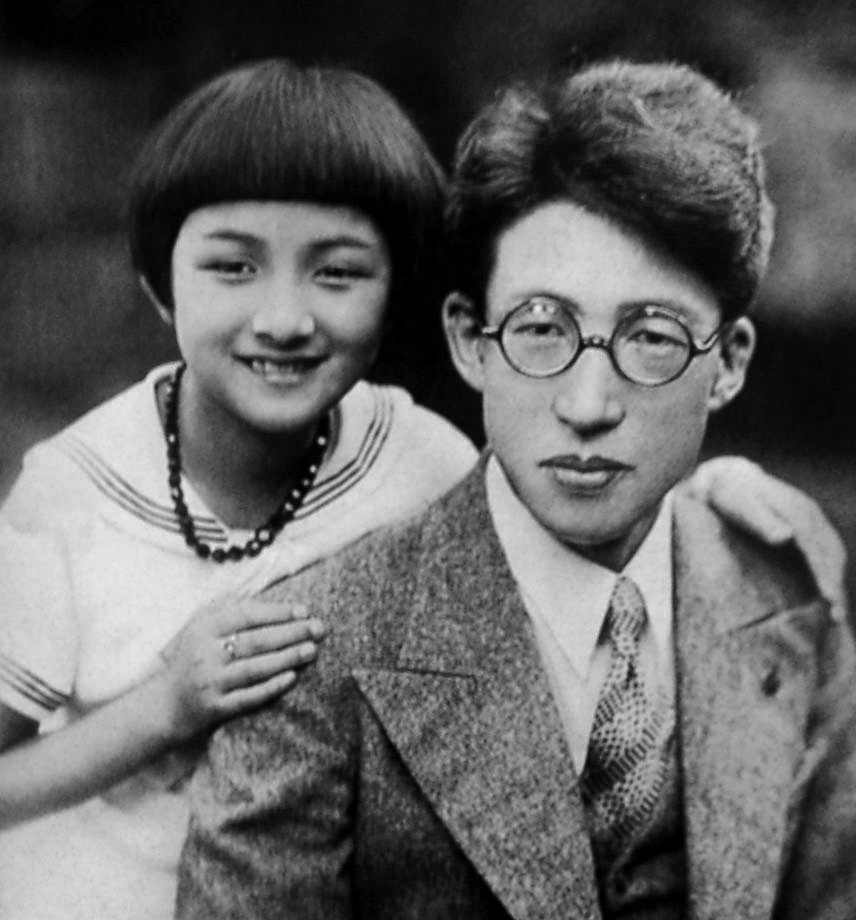Hideko Takamine on:
[Wikipedia]
[Google]
[Amazon]
was a Japanese actress who began as a child actress and maintained her fame in a career that spanned 50 years. She is particularly known for her collaborations with directors Mikio Naruse and Keisuke Kinoshita, with '' Twenty-Four Eyes'' (1954) and '' Floating Clouds'' (1955) being among her most noted films.
 Takamine was born in
Takamine was born in

Biography
 Takamine was born in
Takamine was born in Hakodate, Hokkaidō
is a city and port located in Oshima Subprefecture, Hokkaido, Japan. It is the capital city of Oshima Subprefecture. As of July 31, 2011, the city has an estimated population of 279,851 with 143,221 households, and a population density of 412.83 ...
, in 1924. At the age of four, following the death of her mother, she was placed in the care of her aunt in Tokyo
Tokyo (; ja, 東京, , ), officially the Tokyo Metropolis ( ja, 東京都, label=none, ), is the capital and List of cities in Japan, largest city of Japan. Formerly known as Edo, its metropolitan area () is the most populous in the world, ...
. Her first role was in the Shochiku studio's 1929 film ''Mother'' (''Haha''), which brought her tremendous popularity as a child actor. Many of the films of her early career were imitations of Shirley Temple films.
After moving to the Toho
is a Japanese film, theatre production and distribution company. It has its headquarters in Chiyoda, Tokyo, and is one of the core companies of the Osaka-based Hankyu Hanshin Toho Group. Outside of Japan, it is best known as the producer ...
studio in 1937, her dramatic roles in Kajirō Yamamoto's ''Tsuzurikata kyōshitsu'' (1938) and ''Horse
The horse (''Equus ferus caballus'') is a domesticated, one-toed, hoofed mammal. It belongs to the taxonomic family Equidae and is one of two extant subspecies of ''Equus ferus''. The horse has evolved over the past 45 to 55 million yea ...
'' (1941) brought her added fame as a girl star. She toured as a singer to entertain Japanese troops and, after the war
War is an intense armed conflict between states, governments, societies, or paramilitary groups such as mercenaries, insurgents, and militias. It is generally characterized by extreme violence, destruction, and mortality, using regular o ...
, sang for American occupation troops in Tokyo. After initially appearing in a pro-union
Union commonly refers to:
* Trade union, an organization of workers
* Union (set theory), in mathematics, a fundamental operation on sets
Union may also refer to:
Arts and entertainment
Music
* Union (band), an American rock group
** ''Un ...
film, ''Those Who Make Tomorrow
is a 1946 Japanese film directed by Akira Kurosawa, Hideo Sekigawa and Kajiro Yamamoto (who was also co-writer). It was produced to illustrate the purpose of the workers' union at the Toho film studios, as the Allied Forces endorsed the for ...
'' (1946), she became appalled by the rigid practices of the union's leaders and members and, during the post-war strikes at Toho, first joined a new union before moving to the new Shintoho
was a Japanese movie studio. It was one of the big six film studios (which also included Daiei, Nikkatsu, Shochiku, Toei Company, and Toho) during the Golden Age of Japanese cinema. It was founded by defectors from the original Toho company fol ...
studios in 1947.
In 1950, she left Shintoho and became a freelance actress. Her films with directors Keisuke Kinoshita and Mikio Naruse during the 1950s made her Japan's top star. Notable films of this decade include Kinoshita's satirical comedy '' Carmen Comes Home'' (1951), Japan's first feature length colour film, and the antiwar drama '' Twenty-Four Eyes'' (1954), and Naruse's '' Floating Clouds'' (1955) and '' When a Woman Ascends the Stairs'' (1960).
She was especially favoured as leading actress by Naruse, appearing in 17 of his films between 1941 and 1966, which are considered "some of her finest performances" (Jasper Sharp), with her "sensitive yet resourceful persona" proving ideal for "Naruse's suffering, persevering heroines" (Alexander Jacoby). Film historian Donald Richie
Donald Richie (17 April 1924 – 19 February 2013) was an American-born author who wrote about the Japanese people, the culture of Japan, and especially Japanese cinema. Although he considered himself primarily a film historian, Richie also di ...
described the characters she portrayed as follows: "Like so many Japanese women then, they wanted more out of life, but couldn’t get it. The war may have been over, women found, but they weren’t better off. They were still fairly unhappy. So the kind of roles Takamine played fit the zeitgeist, may have even made that zeitgeist." Comparing Naruse and Kinoshita, Takamine explained: "Though different in style, they shared a common aversion to things that were not natural. What I tried to do was to be as natural as women we see in the news, but adding a touch of drama so that I would be even more real."
She married writer-director Zenzo Matsuyama in 1955, but continued her acting career, stating that she wanted to "create a new style of wife who has a job". After retiring as an actress in 1979, she published her autobiography and several essay collections. She died of lung cancer on 28 December 2010 at the age of 86.
Selected Filmography

Awards
Japan Academy Film Prize *1996 Lifetime Achievement Award Mainichi Film Concours for Best Actress *1955 ''Twenty-Four Eyes'', ''Garden of Women'', ''Somewhere Beneath the Wide Sky'' *1956 ''Floating Clouds'' *1958 ''Times of Joy and Sorrow'', ''Untamed'' *1962 ''Immortal Love'', ''Happiness of Us Alone'' Blue Ribbon Award for Best Actress *1955 ''Twenty-Four Eyes'', ''Garden of Women'', ''Somewhere Beneath the Wide Sky'' Kinema Junpo Award for Best Actress *1956 ''Floating Clouds''References
External links
* * * {{DEFAULTSORT:Takamine, Hideko 1924 births 2010 deaths People from Hakodate Deaths from lung cancer in Japan 20th-century Japanese actresses Japanese child actresses Japanese film actresses Japanese autobiographers Women autobiographers